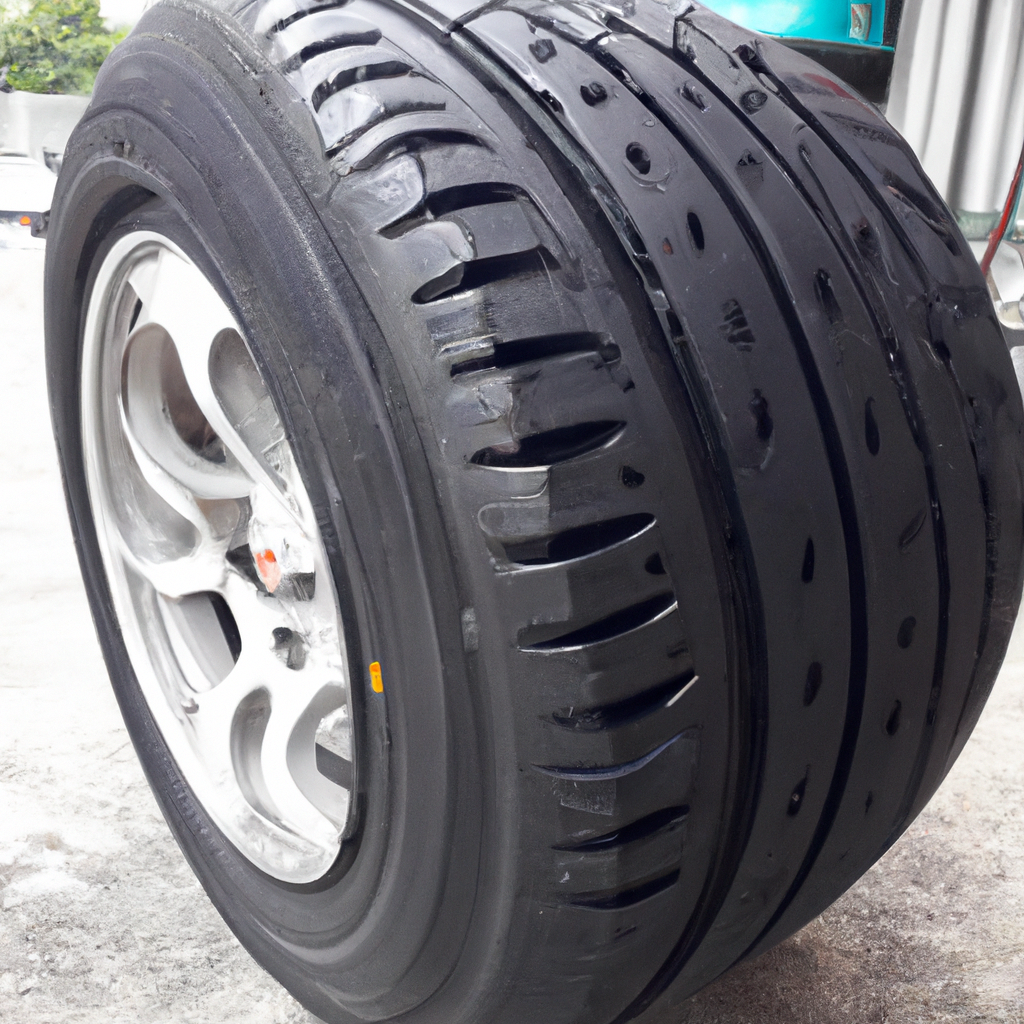If you’re wondering whether you can install run-flat tires on vehicles with larger rims, you’ve come to the right place. With the increasing popularity of larger rims, it’s important to know whether you can opt for the convenience and safety of run-flat tires. In this article, we’ll explore the compatibility between run-flat tires and larger rims, providing you with all the information you need to make an informed decision. So, let’s dive in and get started!
Factors to Consider
When it comes to choosing the right tires for your vehicle with larger rims, there are several important factors to consider. These factors include the size of the rims, compatibility with run-flat tires, performance and handling, and cost considerations. By carefully evaluating these factors, you can make an informed decision that will not only enhance the overall look of your vehicle but also improve its safety and performance on the road.
Size of the Rims
The size of the rims is one of the key factors to consider when installing run-flat tires on your vehicle. It is important to determine the minimum and maximum rim sizes recommended for run-flat tires to ensure compatibility and optimal performance. By adhering to these size recommendations, you can avoid any potential issues and ensure a seamless fit.
Minimum Rim Size for Run-Flat Tires
When it comes to the minimum rim size for run-flat tires, it is essential to follow the manufacturer’s guidelines. Many tire manufacturers recommend a minimum rim size of 15 inches for run-flat tires. Installing run-flat tires on rims smaller than the recommended minimum can compromise the tire’s performance and overall safety.
Maximum Rim Size for Run-Flat Tires
On the other end of the spectrum, it is equally important to consider the maximum rim size for run-flat tires. While run-flat tires are available for larger rim sizes, it is crucial to ensure that the chosen tires are compatible with your specific rim size. Installing run-flat tires on rims larger than the recommended maximum can lead to issues such as improper fitment and compromised handling.
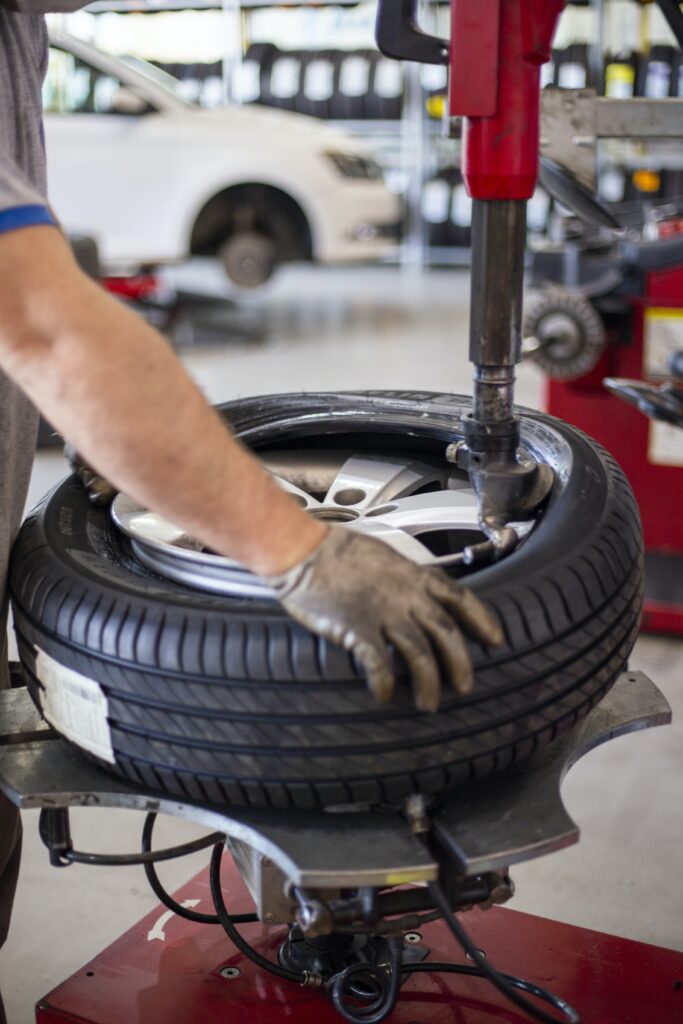
Compatibility with the Run-Flat Tires
Ensuring compatibility between your rims and run-flat tires is of utmost importance. It is essential to understand the requirements for run-flat tire compatibility and the technology behind run-flat tires.
Run-Flat Tire Compatibility
Before installing run-flat tires on your larger rims, it is crucial to confirm that your rims are compatible with run-flat tires. Some rims are specifically designed to accommodate run-flat tires, while others may not be suitable. Be sure to consult the manufacturer’s guidelines or speak with a professional to determine the compatibility of your specific rims.
Run-Flat Technology
Understanding the technology behind run-flat tires is essential for making an informed decision. Run-flat tires are designed with reinforced sidewalls that can support the weight of the vehicle even when there is a loss of air pressure. This innovative technology allows you to continue driving for a limited distance at a reduced speed, providing added safety and peace of mind in the event of a tire puncture.
Performance and Handling
When considering the installation of run-flat tires on larger rims, it is crucial to evaluate the impact on your vehicle’s performance and handling characteristics. While run-flat tires offer certain advantages, they can also have an effect on these aspects.
Impact on Performance
One important consideration is the impact of run-flat tires on the overall performance of your vehicle. Run-flat tires are generally stiffer than regular tires, which can impact ride comfort and handling. It is important to assess whether the performance trade-offs are acceptable to you, taking into account factors such as driving style and road conditions.
Handling Differences with Run-Flat Tires
In addition to performance, run-flat tires may also affect the handling of your vehicle. The stiffer sidewalls of run-flat tires can result in a slightly different feel when driving, particularly when taking corners or encountering uneven road surfaces. It is advisable to test drive a vehicle equipped with run-flat tires to determine if the handling characteristics align with your preferences and driving style.
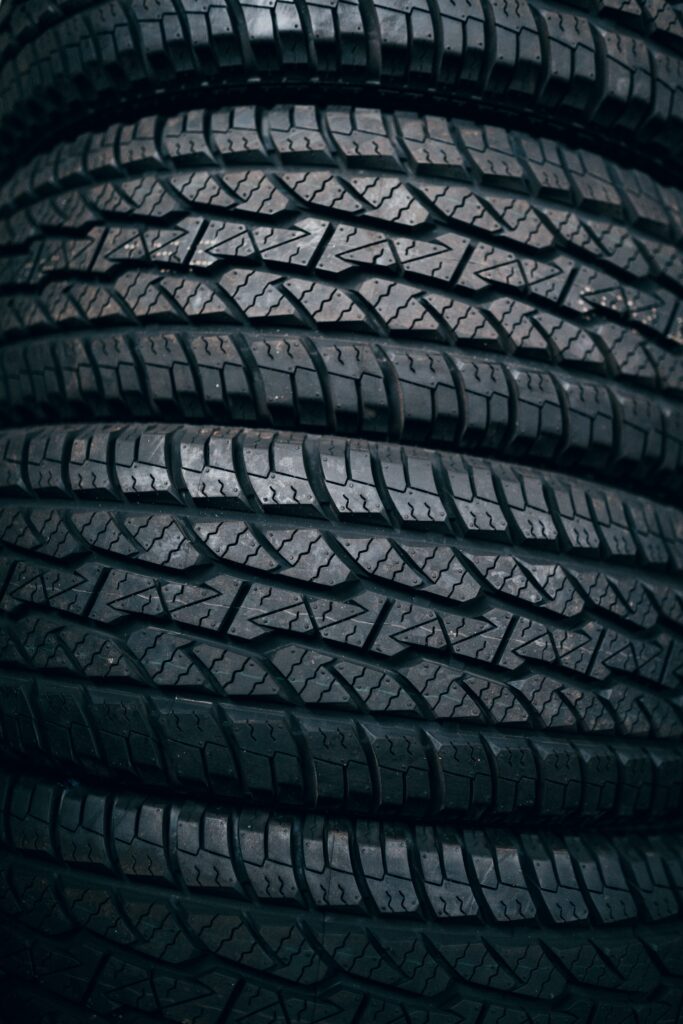
Cost Considerations
Cost is another crucial factor to consider when contemplating the installation of run-flat tires on larger rims. Understanding the price difference and other maintenance costs associated with run-flat tires is essential for making a well-informed decision.
Price Difference
Run-flat tires generally tend to be more expensive than regular tires. The additional technology and materials required to manufacture run-flat tires contribute to their higher price point. It is important to factor in the cost of purchasing run-flat tires when considering their installation on your larger rims.
Other Maintenance Costs
Another cost consideration to keep in mind is the potential for increased maintenance expenses associated with run-flat tires. While run-flat tires provide extended mobility even after a puncture, they often cannot be repaired and must be replaced. This means that even a minor puncture can result in the need for a complete tire replacement, which can add to your maintenance costs over time.
Pros of Installing Run-Flat Tires on Larger Rims
There are several benefits to installing run-flat tires on larger rims that you should consider when making your decision.
Increased Safety
One of the biggest advantages of run-flat tires is the increased safety they provide. With run-flat technology, you can continue driving for a limited distance even after experiencing a puncture. This allows you to safely reach a repair shop or a more convenient location without having to change the tire on the side of the road, reducing the risk of accidents or roadside hazards.
Extended Mobility in Case of Tire Puncture
Run-flat tires offer extended mobility in the event of a tire puncture. By allowing you to continue driving, albeit at a reduced speed, run-flat tires offer convenience and peace of mind, especially when there is no immediate access to tire repair services. This is particularly beneficial if you frequently drive in remote areas or during inclement weather.
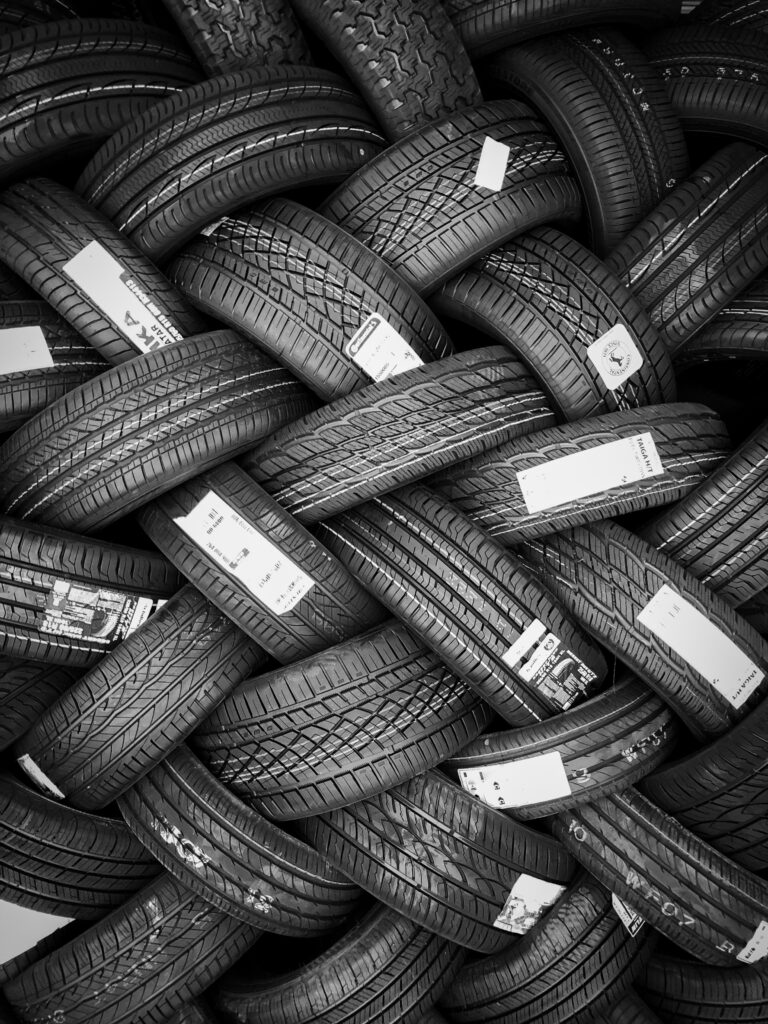
Cons of Installing Run-Flat Tires on Larger Rims
While there are several advantages to installing run-flat tires on larger rims, there are also some potential drawbacks that you should be aware of.
Rough Ride
The stiffer sidewalls of run-flat tires can result in a rougher ride compared to standard tires. This is due to the design that prioritizes the tire’s ability to support the weight of the vehicle even with a loss of air pressure. The increased rigidity can result in a less comfortable driving experience, particularly on uneven road surfaces or long journeys.
Limited Tire Options
When it comes to run-flat tires, there may be more limited options compared to regular tires. Not all tire manufacturers offer run-flat tires for every rim size, and the available selection may be more limited. This can potentially limit your choices when it comes to finding the perfect tire for your specific needs and preferences.
Higher Cost
As previously mentioned, run-flat tires tend to come with a higher price tag compared to regular tires. The advanced technology and materials used in their construction contribute to the increased cost. This means that choosing run-flat tires for your larger rims may require a larger upfront investment. It is important to factor in this additional expense when considering your budget.
Potential Risks
When installing run-flat tires on larger rims, there are some potential risks that you should be aware of. These include voiding the manufacturer warranty, rim damage, and reduced ride comfort.
Voiding Manufacturer Warranty
Installing run-flat tires on your larger rims that are not recommended or approved by the vehicle manufacturer can potentially void your warranty. It is crucial to check your vehicle’s warranty guidelines or consult with a professional to ensure that the installation of run-flat tires is in line with the manufacturer’s specifications.
Rim Damage
The stiffer sidewalls of run-flat tires can potentially cause damage to your rims if you encounter significant potholes or other road hazards. The reduced flexibility of run-flat tires compared to regular tires means that they may transmit more impact force to the rims. It is important to regularly inspect your rims for any signs of damage and address any issues promptly.
Reduced Ride Comfort
As previously mentioned, run-flat tires can result in a rougher ride due to their stiffer construction. The comfort level may be compromised, particularly if you frequently drive on uneven or poorly maintained roads. If a smooth and comfortable ride is a high priority for you, it may be worth considering alternatives to run-flat tires.
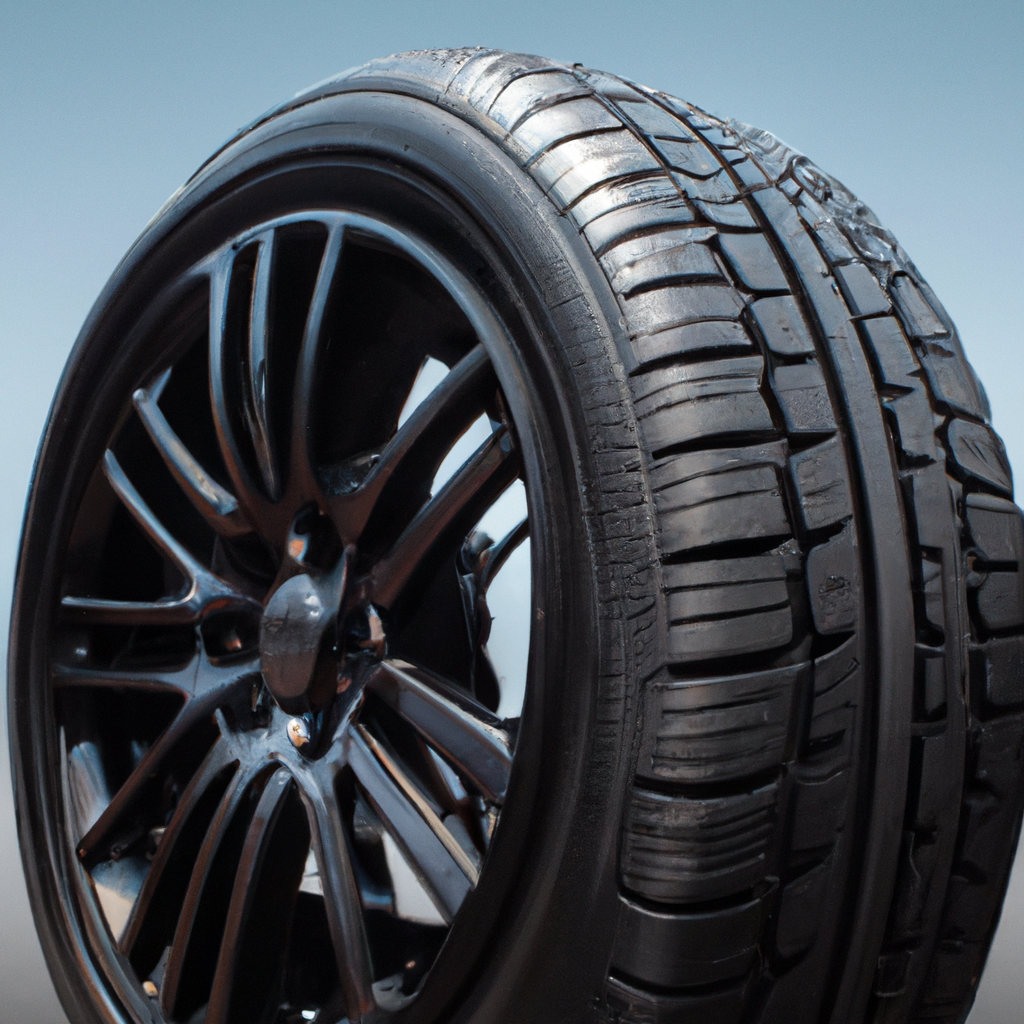
Alternatives to Run-Flat Tires for Larger Rims
If you have concerns about installing run-flat tires on your larger rims, there are several alternatives worth exploring.
Regular Tires with Spare
One alternative is to opt for regular tires instead of run-flat tires and carry a spare tire for emergencies. This allows you to enjoy the benefits of regular tires, such as a smoother ride and greater accessibility to tire repair services in case of a puncture. However, it is important to consider the space needed to carry a spare tire and the inconvenience of having to change the tire on the side of the road.
Tire Repair Kits
Another alternative is to carry a tire repair kit, which typically includes a sealant and a tire inflator. These kits are designed to temporarily repair minor punctures, allowing you to reach a tire repair shop or a safer location. Tire repair kits are compact and easy to use but may not be suitable for more significant tire damage.
Tire Pressure Monitoring Systems (TPMS)
Installing a tire pressure monitoring system in your vehicle can provide an added layer of safety and convenience. TPMS constantly monitors the air pressure in your tires and alerts you if there is a significant loss of pressure. This allows you to take appropriate action before a puncture leads to further complications. However, it is important to note that TPMS does not provide extended mobility like run-flat tires.
Conclusion
Choosing the right tires for your vehicle with larger rims requires careful consideration of various factors. By evaluating the size of the rims, compatibility with run-flat tires, performance and handling, and cost considerations, you can make an informed decision that aligns with your needs and preferences. While run-flat tires offer increased safety and extended mobility, they also come with potential drawbacks such as a rougher ride, limited tire options, and higher cost. Considering the potential risks and exploring alternatives such as regular tires with a spare, tire repair kits, or tire pressure monitoring systems can help you find the best solution for your specific situation. Consulting with professionals and referring to manufacturer guidelines are highly recommended to ensure a well-informed decision that enhances both the appearance and performance of your vehicle.
